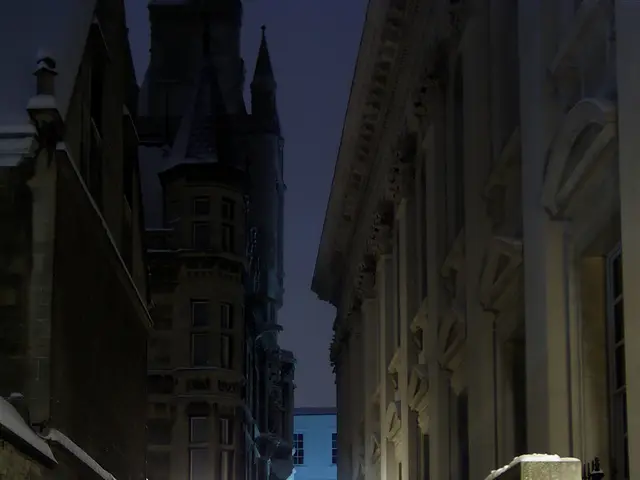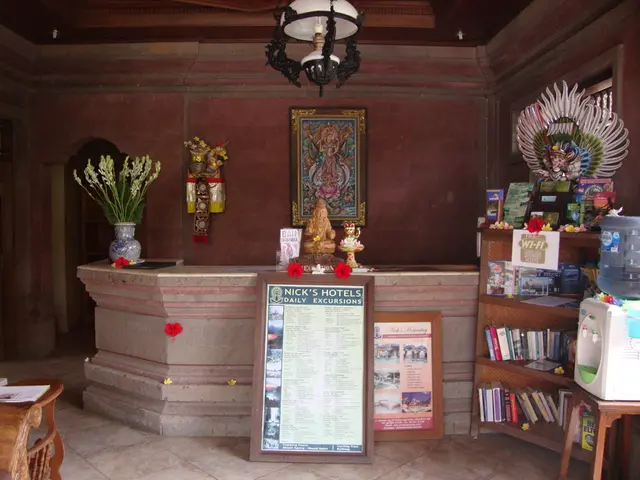Crafting adaptive escapades with disability advocate Ed Jackson
In a groundbreaking achievement, a team of three adventurers, including Ed Jackson, a former professional rugby player for England and Wales, recently conquered the punishing terrain of the Tien Shan mountains in Kyrgyzstan. This marked the first recorded ascent of a high altitude mountain by a climber with a disability.
Ed, who suffered a spinal cord injury in 2017 and was told he'd never walk again, was part of a diverse team that included a blind member and a member with limited leg use. This expedition served not only as a first for a climber with a disability but also as a challenge to old narratives about what is possible in adventure travel.
The journey was a testament to the power of community, as the nomads who welcomed the team, the team's mutual support, and the support network back home demonstrated that adventure is never a solo pursuit. Another key lesson was that so-called "limitations" often reveal new strengths, as people with disabilities took on challenging terrain and proved that the outdoors belongs to all.
Companies like REI, The North Face, and specialized adventure outfitters such as Adaptive Adventures have initiated collaborations in recent years to adapt outdoor equipment and adventure travel offerings to meet the needs of people with disabilities. The Berghaus Adapts project, which collaborates with people who have disabilities to co-design and reimagine outdoor kit, is an inspiring brand initiative that should be emulated.
Ed advises adventure holiday providers to adopt a mindset of inclusivity, creating space for conversations and adaptations to make their trips more accessible to people with disabilities. Technology is playing a significant role in making adventure travel more accessible, with examples including navigation apps for the blind, adaptive gear using new materials, and AI tools for safer trip preparation.
The use of a custom built solar powered Starlink system during the Kyrgyzstan expedition demonstrated that off-grid does not have to mean out of reach. Travelling with teammates who have disabilities significantly impacted Ed's experience of Kyrgyzstan, offering unique perspectives and making the trip feel deeper and more meaningful.
Post his injury, Ed's perspective on travel has been significantly altered. He views it as a matter of connection, growth, and gratitude. Ed explained to a website why adventure travel is especially important for those with disabilities and how brands can adapt their offerings to keep pace with demand for adaptive adventures.
The expedition was in aid of Millimetres to Mountains Foundation and CDI Children at Risk. This venture not only marked a milestone in disability-inclusive adventure travel but also raised funds for worthy causes, highlighting the potential for such expeditions to make a positive impact beyond the realm of adventure itself.





